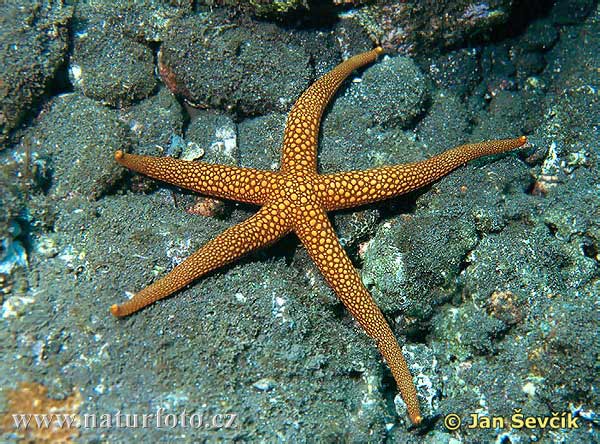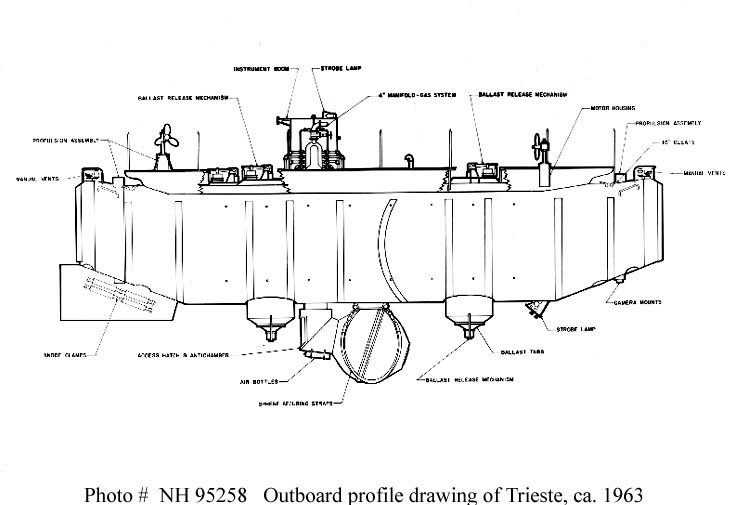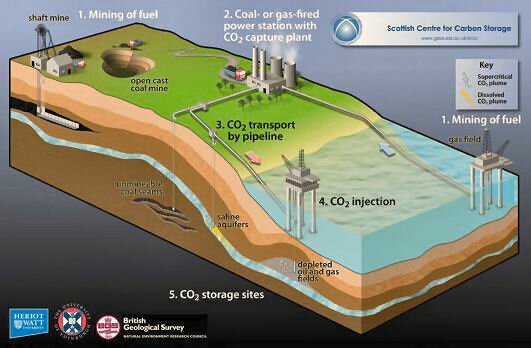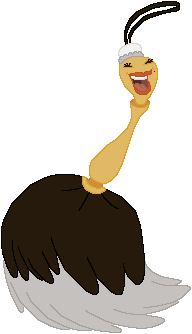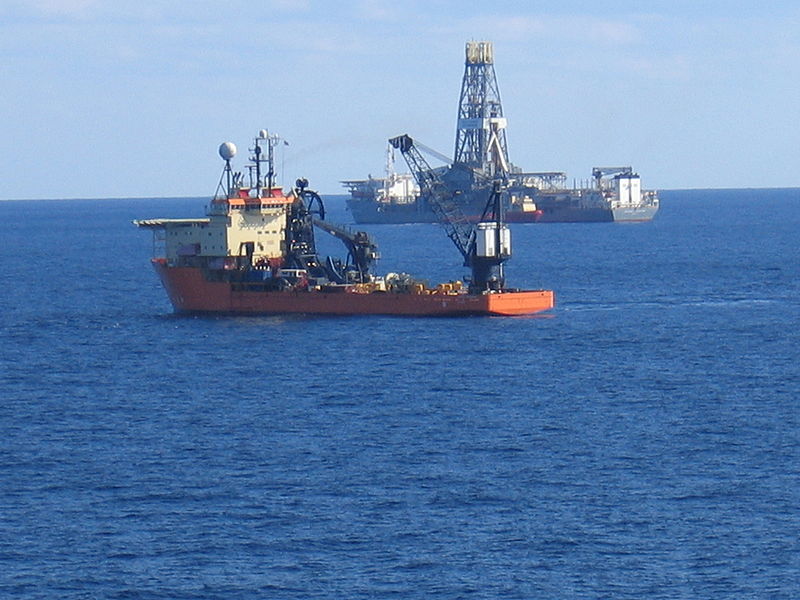Monday 2/11
Algal blooms that have harmful or toxic phytoplankton are HABs. Because they look red or brown, they are also called red tides.
One of the causes of harmful algae blooms are saxitoxins. Saxitoxins are a large toxin family referred to as the Paralytic Shellfish Poisoning (PSP) toxins. When toxigenic marine dinoflagellates are eaten by shellfish, toxins concentrate and then the people who eat them consume it and get sick. The algal species itself can grow incredibly fast when conditions are right, like below.
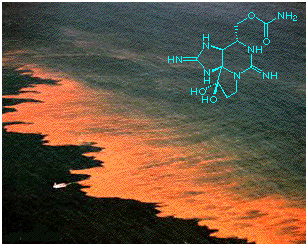
Preventing HABs:
-control the things that create blooms such as the leaching and runoff of excess nutrients
-devices that result in the mixing of lakes (for example, by air bubbling), that enhance vertical mixing of the phytoplankton
-increasing the water flow through lakes or estuaries
-use compounds to chemically-precipitate phosphorus, and then take out the sediment by dredging, when managing an area or ridge of land that separates waters flowing to different rivers, basins, or seas
-adding alum, ferric salts or clay products so it will settle the phosphorus to the sediment layer
-suction dredging the top half meter of sediments
However, these efforts can be expensive and are best suited to small affected water bodies.
In 1953 the longest single red-tide episode was recorded, staying 18-months along the Florida Gulf Coast. There was a catastrophic amount of deaths of marine animals that were recorded from Tarpon Springs to Key West. During these events, there were reports of dead bottlenose dolphins, sea turtles, and numerous fish species.








